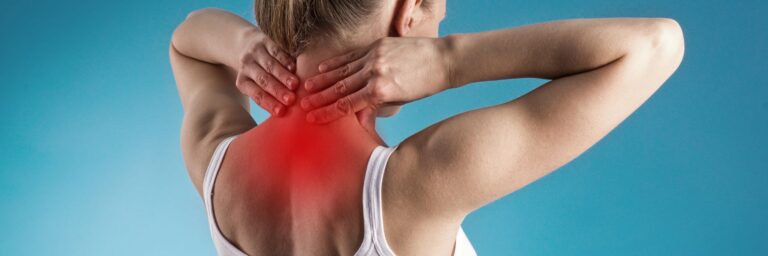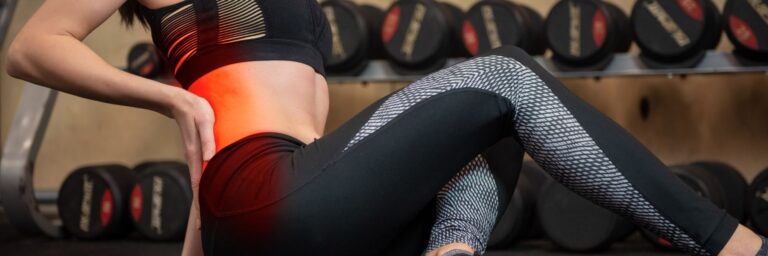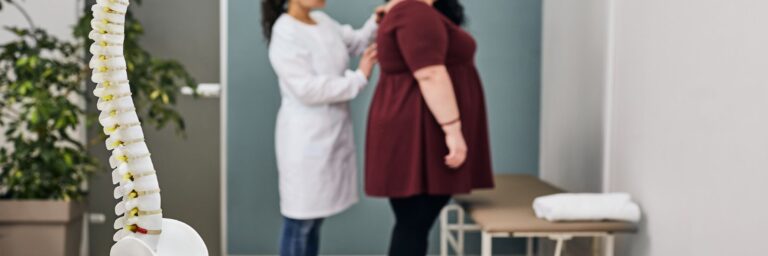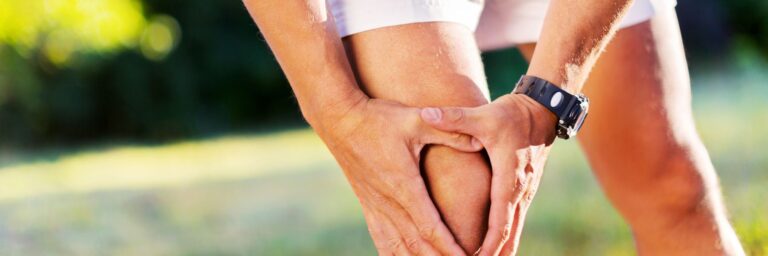ACL Injury
The ACL injury is a tear or sprain of the anterior cruciate (KROO-she) ligament (ACL). The strong bands that connect your thigh bone to shinbone can be injured during sports like soccer, basketball, football and downhill skiing. There are many symptoms including pain in knee which might cause swelling as well instability so it becomes too painful for you bear weight on them depending on how severe this condition gets; some people also hear popping noises when they’re hurt because their knees make noise while struggling against force enough such pressure applied at certain angles will produce sound waves through rapid flexing movements made by muscles working together.
Symptoms
The symptoms of an ACL injury are often obvious. A loud pop or “popping” sensation may indicate that your knee has been injured, severe pain will prevent you from continuing activity as it was before and there is rapid swelling during rehabilitation process too! If these things don’t happen then maybe one could think about possible conditions like joint damage which cause instability in certain positions but luckily they’re pretty rare considering how many people play sports with their configurations being perfect all along.
Causes
The ACL is one of two important ligaments that connect your thighbone (femur) to shin bones(tibia). It helps keep the knee joint stable and healthy by preventing excessive motion or forces on it’s junction point where they meet at an acute angle rather than 90 degrees like most other joints in our bodies do
When this crucial piece gets damaged you might have limited range-of movement but can still get around just fine without major issues until things start getting worse then what would happen next depends what’s wrong with us.
Risks
There are many reasons why you could be at risk for an ACL injury, including being female. It is possible that the differences in anatomy and hormonal influences between men and women may play roles as well when it comes to preventing this type of knee joint damage from occurring during sports activities such- skiing or football where large amounts momentum can build up quickly which puts extra stress on joints like these without enough compensation because their bodies aren’t conditioned appropriately beforehand.
Complications
There is a higher risk of developing osteoarthritis in the knee after an ACL injury. The severity and type or related injuries may also contribute to this increased chance for arthritis development, as well as how active you were before having surgery on your ligament.
Prevention
Proper training and exercise can help reduce the risk of ACL injury. A sports medicine physician, physical therapist or athletic trainer may be able to provide assessment, instruction and feedback that will assist you in reducing risks associated with this type of condition. Injury is a risk in any sport, but it’s important to be safe and prepare for whatever can happen. The right equipment will help you avoid injury by preventing mistakes that lead do broken bones or other serious problems down the line – like MRSA (a type of infection). Make sure your binding fits well so there aren’t painful adjustments when releasing them from their respective adjustment settings during falls; don’t forget about wearing knee braces if skiing at high speeds on difficult terrain.
Diagnosis
The doctor will check your knee for swelling and tenderness – comparing it to when you’re healthy. He or she may also move into various positions that allow them better assessment of range-of motion as well as overall function, such an X-rays which can sometimes provide enough information without any need other tests than those mentioned above.
Treatment
Knee injuries can be one of the most painful and frustrating experiences. Prompt first-aid care after an injury to your knee will help reduce pain immediately, as well as swelling that often follows any kind of trauma like this – but it’s important not just for yourself.
Follow these steps:
Rest; don’t move about freely until you’re able (and safely) then try lying still in a dark place with some elevation where there are no stiff surfaces beneath him/herself . Ice application should begin upon waking up throughout each day while taking breaks during sleep hours instead.








